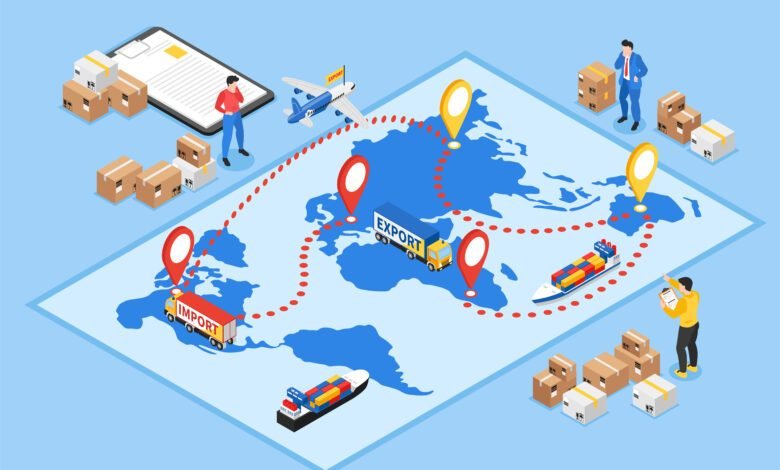The Impact of Freight Services and Warehousing on Supply Chain Efficiency
The Impact of Freight Services and Warehousing on Supply Chain Efficiency

In today’s fast-paced business environment, the efficiency of supply chains is more critical than ever. Companies across industries are constantly seeking ways to streamline their operations, reduce costs, and meet the ever-growing demands of consumers. At the heart of this optimization lie two crucial components: freight services and warehousing. Let’s delve into how these elements play a pivotal role in revolutionizing supply chains and driving business success.
Enhancing Connectivity with Freight Services
Freight services serve as the lifeblood of global trade, connecting manufacturers, suppliers, and retailers across vast distances. In an era where speed and reliability are paramount, businesses rely on efficient freight services to ensure timely delivery of goods. Whether it’s by road, rail, air, or sea, the ability to transport products swiftly and securely is indispensable.
With advancements in technology and logistics management systems, freight services have become increasingly sophisticated. Real-time tracking, route optimization, and predictive analytics empower businesses to monitor shipments closely and make informed decisions. By leveraging these capabilities, companies can minimize delays, reduce inventory holding costs, and enhance customer satisfaction.
Optimizing Storage and Distribution with Warehousing Solutions
Warehousing plays a complementary role to freight services by providing a strategic hub for storage and distribution. In today’s competitive landscape, businesses cannot afford inefficiencies in inventory management. Warehousing solutions offer a centralized location for storing goods, enabling companies to maintain adequate stock levels while minimizing storage costs.
Moreover, modern warehousing facilities are equipped with advanced technologies such as automated storage systems, RFID tracking, and inventory management software. These tools not only improve accuracy and efficiency but also enable real-time visibility into inventory levels and movement. As a result, businesses can optimize their supply chain processes, reduce stockouts, and respond swiftly to changing market demands.
Driving Innovation and Sustainability
Innovation is the cornerstone of progress in the freight services and warehousing sectors. From eco-friendly transportation solutions to sustainable warehouse practices, companies are embracing new technologies and methodologies to minimize their environmental footprint. Electric vehicles, alternative fuels, and green warehouse designs are just a few examples of initiatives aimed at reducing carbon emissions and promoting sustainability.
Furthermore, the integration of digital platforms and IoT (Internet of Things) devices is revolutionizing how freight services and warehousing operations are managed. Real-time data analytics enable predictive maintenance, asset tracking, and proactive decision-making, leading to greater efficiency and cost savings. By embracing innovation and sustainability, businesses can not only enhance their competitiveness but also contribute to a greener, more resilient supply chain ecosystem.
Conclusion: Navigating the Future of Supply Chains
In conclusion, freight services and warehousing are indispensable components of modern supply chains, driving efficiency, connectivity, and innovation. As businesses continue to navigate the complexities of global trade and consumer demands, investing in optimized freight services and warehousing solutions is essential for staying ahead of the curve. By harnessing the power of technology, embracing sustainability, and fostering collaboration across the supply chain ecosystem, companies can unlock new opportunities for growth and success in the dynamic landscape of the 21st century.
Read also: Data modeling techniques in modern data warehouse



